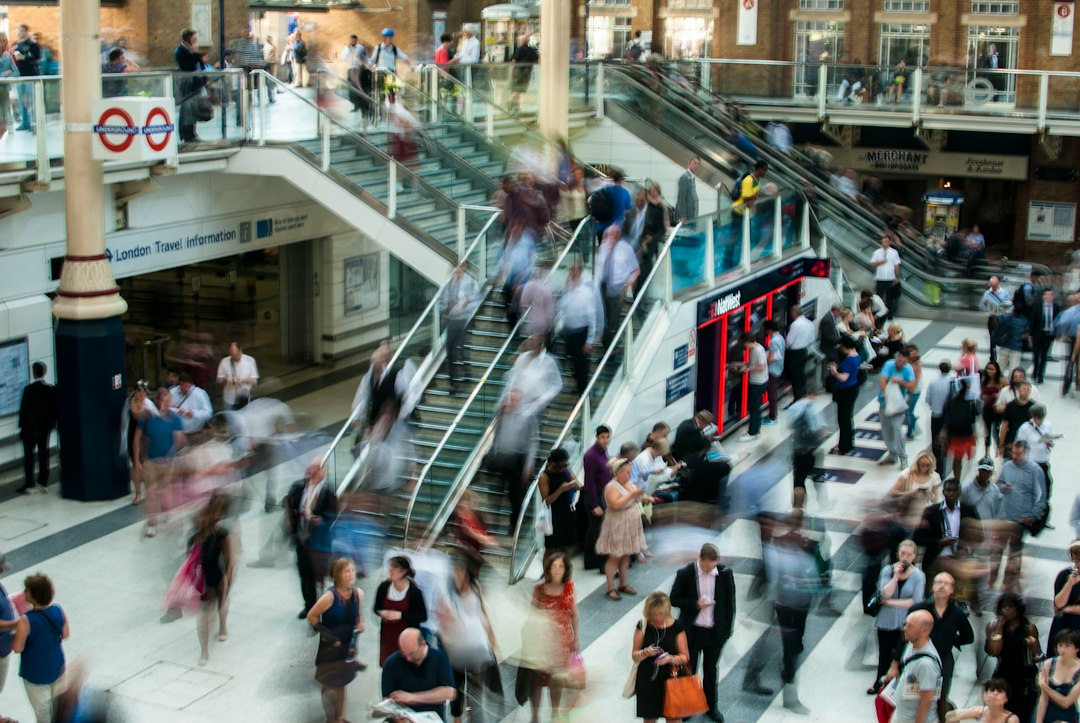The Future of Retail: Key Trends to Watch
In recent years, the retail industry has been undergoing a massive transformation. With the rise of e-commerce, changing consumer preferences, and advancements in technology, the future of retail looks vastly different from what we’ve known in the past. In this blog post, we will explore some key trends that are shaping the future of retail and what they mean for businesses.
1. Rise of Online Shopping: E-commerce has become increasingly popular, thanks to the convenience and accessibility it offers. The COVID-19 pandemic only accelerated this trend, as more people turned to online shopping to avoid crowded stores. Online retail is expected to continue growing, presenting both opportunities and challenges for businesses. Retailers need to invest in building robust online stores, optimizing their websites for mobile devices, and enhancing the overall digital shopping experience to stay competitive.
2. Personalization and Customization: Gone are the days of one-size-fits-all marketing. Consumers now expect personalized experiences tailored to their preferences and interests. Retailers can achieve this by leveraging data analytics and AI technologies to gain insights into consumer behavior. By understanding their customers’ individual preferences, retailers can offer personalized recommendations, customized promotions, and even tailor their product offerings. This trend has the potential to significantly improve customer satisfaction and loyalty.
3. The Role of Brick-and-Mortar Stores: While e-commerce is rapidly growing, brick-and-mortar stores are not becoming extinct. However, their role is evolving. Physical stores are transforming into experiential spaces, where customers can interact with products before making a purchase. Retailers are investing in creating immersive environments by incorporating augmented reality (AR) and virtual reality (VR) technologies. These technologies allow customers to virtually try on clothing, visualize furniture in their homes, and even experience products before they exist.
4. Sustainability and Ethical Consumerism: With increasing awareness of climate change and social issues, consumers are becoming more conscious of their purchasing decisions. They are actively seeking out brands that promote sustainability, ethical sourcing, and fair trade. To cater to this growing demand, retailers need to adopt sustainable practices in their supply chain, reduce wastage, and offer eco-friendly products. Companies embracing sustainability and aligning their values with those of their customers are likely to thrive in the future.
5. Contactless Payment and Seamless Checkout: The checkout experience is being revolutionized by technology. Contactless payment methods such as mobile wallets and QR codes are becoming increasingly popular, eliminating the need for physical cash or cards. Additionally, self-checkout kiosks and mobile apps are streamlining the payment process, reducing queues, and improving the overall customer experience. As the world becomes more digital, retailers must adapt to these evolving payment trends to keep up with consumer expectations.
6. Social Commerce and Influencer Marketing: Social media has become a powerful tool for retailers to market their products and reach a wider audience. Social commerce, the integration of e-commerce with social media platforms, is becoming a major trend. Consumers can now discover products on platforms like Instagram and Facebook, and make direct purchases without leaving the app. Moreover, influencers play a significant role in driving sales by promoting products to their followers. Retailers need to embrace social commerce and collaborate with influencers to leverage their strong online presence and engage with potential customers effectively.
7. Omnichannel Retailing: The future of retail lies in a seamless integration of online and offline channels. Omnichannel retailing allows customers to have a consistent experience across various touchpoints, whether it’s a physical store, website, or mobile app. Customers can browse products online, visit a store to try them, and make a purchase through their preferred channel. Retailers need to invest in technology infrastructure that enables smooth data synchronization across channels, creating a unified customer experience.
In conclusion, the future of retail is full of exciting possibilities. As technology advances, consumer expectations change, and the world becomes more interconnected, retailers must adapt to these key trends to stay relevant and thrive in a rapidly evolving industry. By capitalizing on the rise of online shopping, embracing personalization, integrating sustainability into their practices, and leveraging new technologies, retailers can create a future where shopping is convenient, immersive, and tailored to individual needs.

